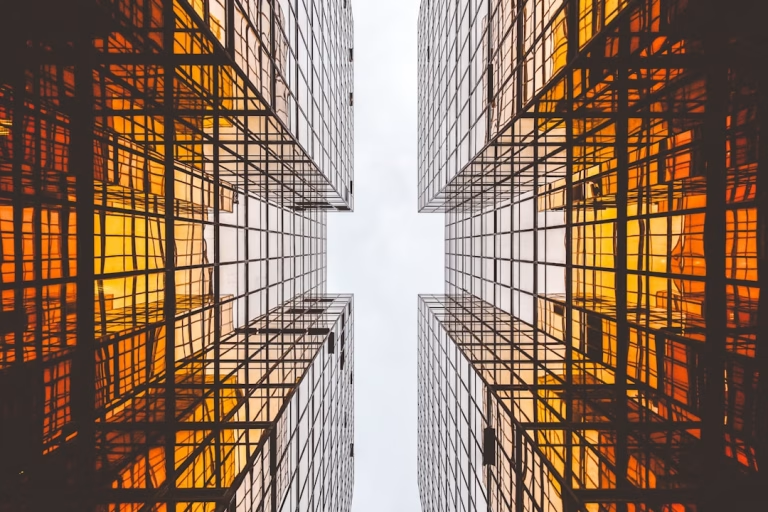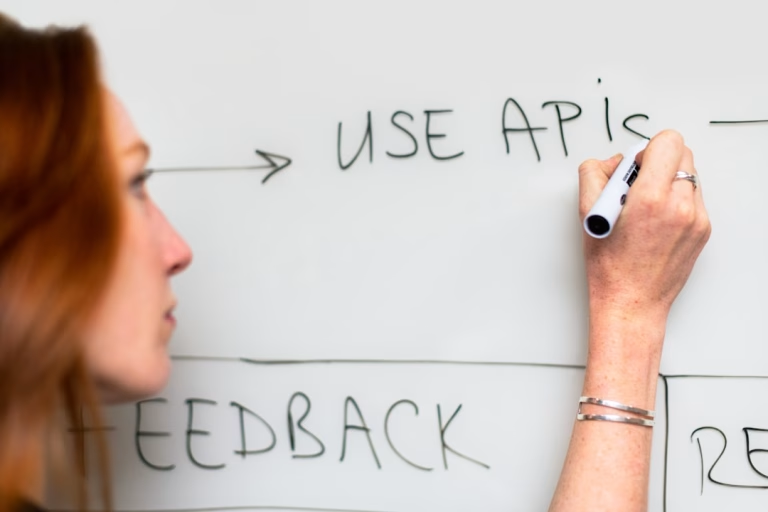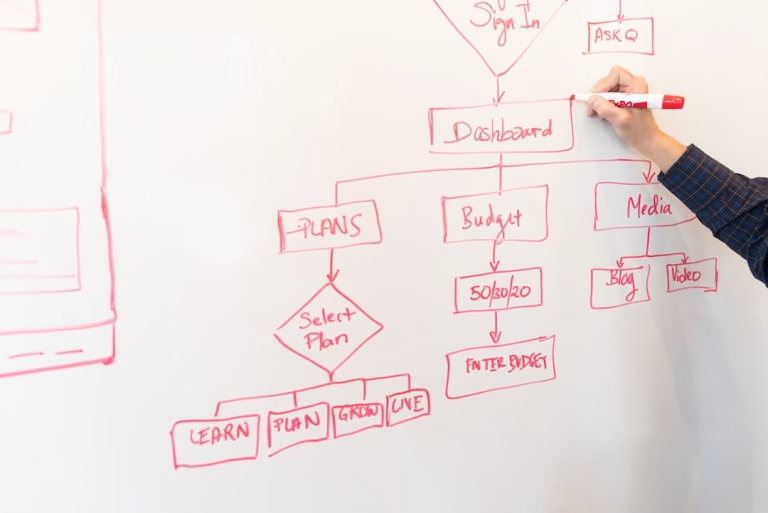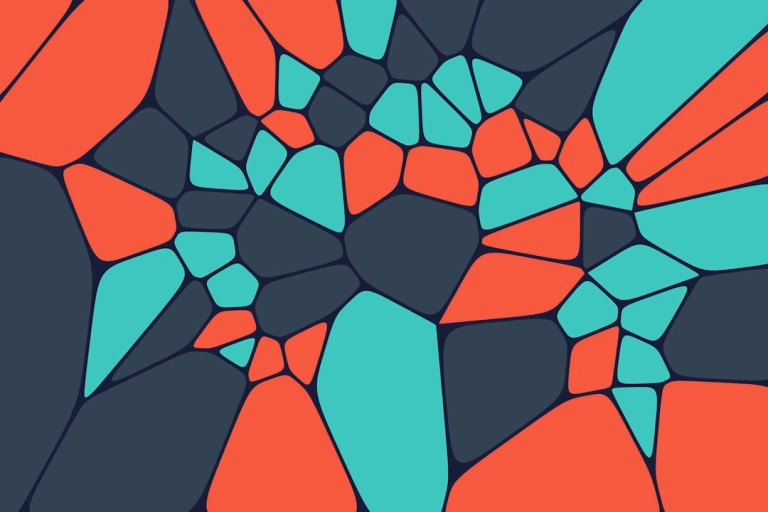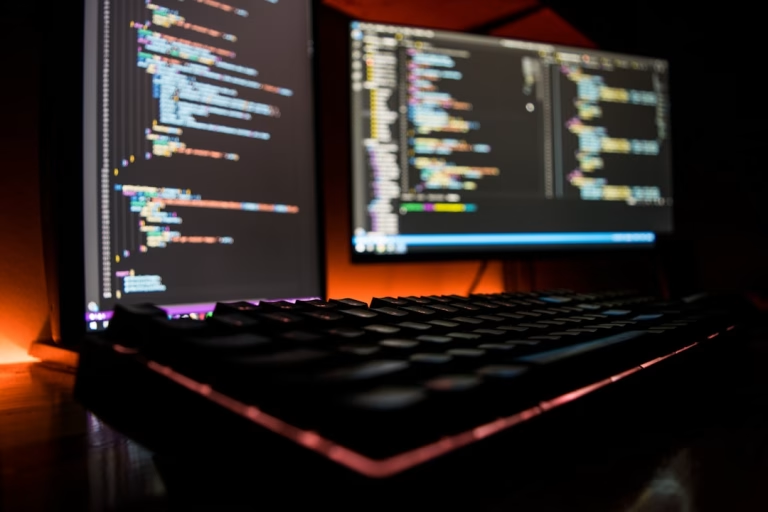Internet of Things (IoT): Transforming the Modern World
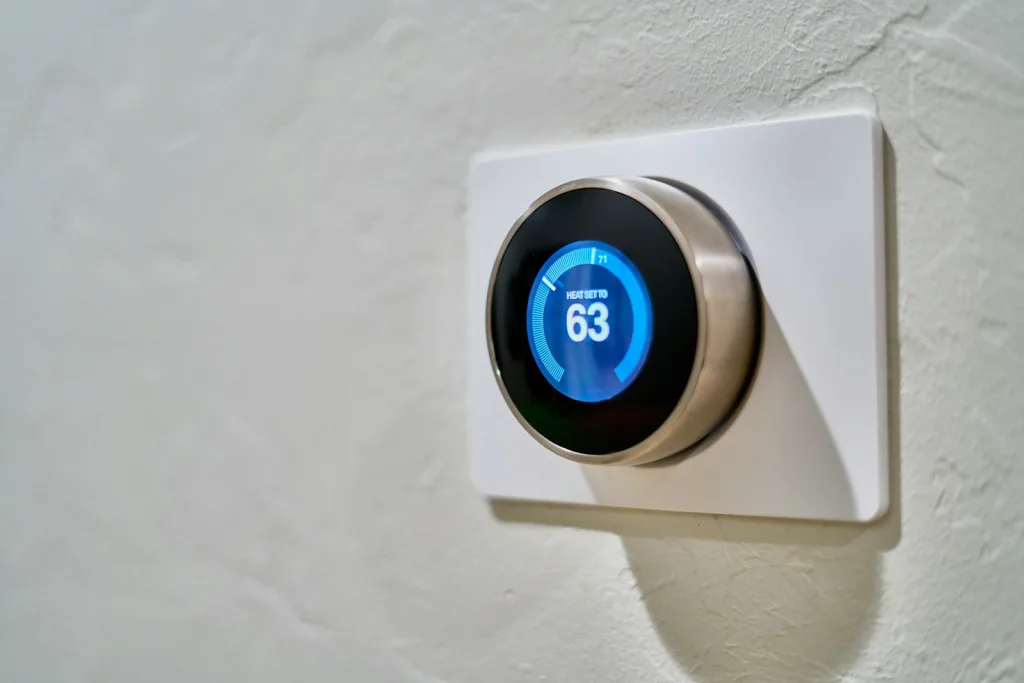
The Internet of Things (IoT) is a revolutionary technology concept where everyday objects are connected to the internet, allowing them to send and receive data. This transformative technology is reshaping industries, enhancing home automation, and creating smarter cities. This comprehensive guide explores how IoT is changing the modern world, the benefits it offers, and the challenges it faces.
Understanding the Internet of Things (IoT)
IoT involves embedding sensors, software, and other technologies into physical objects—ranging from ordinary household items to sophisticated industrial tools—to connect and exchange data with other devices and systems over the internet. These connected devices can be remotely monitored and controlled, creating a network of physical objects that interact with each other and with their environment.
Key Features of IoT
- Connectivity: IoT provides unprecedented levels of connectivity between devices, which was not possible before. This connectivity allows for more integrated and intelligent systems.
- Automation and Control: Many processes that previously required human intervention can now be automated through IoT. This includes everything from heating systems being adjusted automatically based on weather conditions to factories managing their equipment with minimal human oversight.
- Efficiency and Cost Reduction: By enabling more accurate data collection and analysis, IoT applications can lead to significant improvements in efficiency and cost reduction across various sectors.
- Improved Decision Making: IoT devices provide a wealth of data that can be used to make more informed decisions. This data-driven decision-making is crucial in industries like healthcare, where real-time data on patient health can be life-saving.
Applications of IoT in the Modern World
- Smart Homes
- IoT devices such as smart thermostats, lights, and security cameras have become commonplace in homes, offering convenience, energy efficiency, and enhanced security.
- Healthcare
- Wearable devices that monitor health metrics such as heart rate and physical activity are helping individuals keep better track of their health. IoT is also being used in hospitals for everything from tracking patient medication schedules to monitoring medical equipment.
- Agriculture
- IoT technologies are used to monitor crop fields, control water usage, and manage fertilizers more efficiently, helping to increase crop production and reduce waste.
- Industrial Automation
- Known as the Industrial Internet of Things (IIoT), IoT is used extensively in manufacturing to monitor and control operations in real-time, leading to increased productivity and safety.
- Smart Cities
- IoT is integral to the development of smart cities, where it is used to manage traffic, conserve energy, monitor environmental factors, and improve public safety.
Challenges Facing IoT
- Security
- As the number of connected devices increases, so does the risk of cyber attacks. Ensuring the security of IoT devices is paramount to protect sensitive data and maintain privacy.
- Privacy
- With devices constantly collecting data on personal activities and preferences, privacy concerns are growing. Transparent data usage policies and robust security measures are essential to address these concerns.
- Interoperability
- With many different manufacturers producing IoT devices, ensuring these devices can communicate effectively is a challenge.
- Data Overload
- The massive amounts of data generated by IoT devices can be overwhelming, and extracting useful information can be challenging without the right data management tools.
Conclusion
The Internet of Things is significantly impacting how we live and work, making our environments smarter, more efficient, and more connected. As IoT continues to evolve, it holds the potential to drive even more profound changes across multiple sectors.

